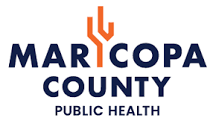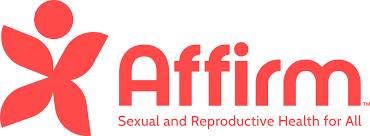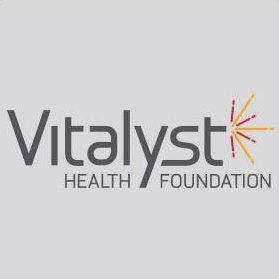This Friday: Training to Circulate Petitions for an Arizona Constitutional Amendment that Would Legalize Abortion Care in Arizona
The Arizona Supreme Court today upheld a territorial-era law that will shortly end nearly all abortion care in Arizona. Today’s ruling held that Arizona’s pre-statehood law mandating 2 to 5 years in prison for anyone aiding an abortion “… unless it is necessary to save her (the pregnant person’s) life” is the law of the land. The court believes the territorial-era law banning nearly all abortion care supersedes the more recent law from 2022 that allowed most abortions up to 15 weeks’ gestation.
The court indicated that their ruling can’t be applied retroactively – suggesting that providers who have assisted with abortion care prior to today’s landmark ruling can’t be prosecuted and imprisoned.
Governor Hobbs issued an executive order last year giving all power to enforce abortion laws to the state attorney general as opposed to county attorneys as is normally the case. Attorney General Mayes has suggested she won’t prosecute providers providing abortion care. However, Hobbs’ executive order could easily be challenged by various county attorneys who intend to enforce the territorial era law.
Reproductive-Rights-in-Arizona-1864-2022
Criminal enforcement of the new law will depend on whether county attorneys challenge Hobbs’ executive order. The Arizona Department of Health Services, which regulates clinics and hospitals that provide abortion care, has largely administrative authority (e.g. ensuring licensed facilities comply with the ruling). It’s unclear whether or when ADHS will provide guidance to the clinics they regulate that provide abortion care. See: Abortion Care in Arizona – 2023
In any event, it’s likely that all clinics that provide abortion care will suspend that care within the next couple of weeks. Hospitals, which also provide some abortion care, will likely suspend most care. They’ll also need to develop criteria for determining what “… unless it is necessary to save her life” means.
Arizona Supreme Court Ruling: Planned Parenthood v. Mayes No. CV-23-0005-PR
Held: Simultaneous enforcement of the overlapping criminal and regulatory provisions of A.R.S. § 13-3603 and Title 36, including A.R.S. § 36-2322, does not facially violate physicians’ constitutional due process right to notice of their criminal and regulatory liability because the statutes clearly define the conduct prohibited and the punishment authorized.
Translation: Arizona Supreme Court holds that Arizona’s 1864 law prohibiting the provision of all abortion care unless the mother’s life is in danger is the law of the land. They believe the newer (2022) law limiting abortion care to 15 weeks does not apply and is superseded by the territorial era law.
Arizona for Abortion Access: Petition Circulator Training for AZPHA Members
Friday, April 12, 2024: 10:00 AM
Healthcare Rising Arizona is helping a coalition of organizations to collect signatures for a voter initiative to protect access to abortion care in Arizona. Healthcare Rising Arizona is offering a 1-hour online training event for AZPHA members who would like to become authorized to collect signatures for an amendment to the Arizona constitution the Initiative at 10am on Friday, April 12. After participating in the training, you’ll be authorized to circulate petitions.
During the one-hour webinar you’ll learn:
- Background and context for the Initiative and get messaging frames for the Arizona for Abortion Access Act;
- Procedures to properly collect petition signatures to ensure that the signatures are valid; and
- Learn strategies to avoid engaging with those who oppose the Initiative.
By the end of the training, you should feel comfortable collecting signatures (and know how to do so properly) and will learn how you can pick up petitions.






